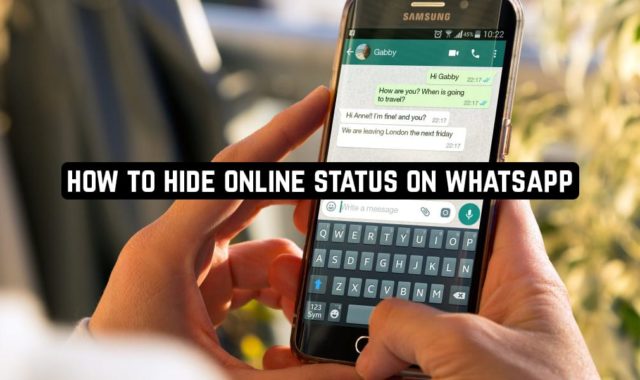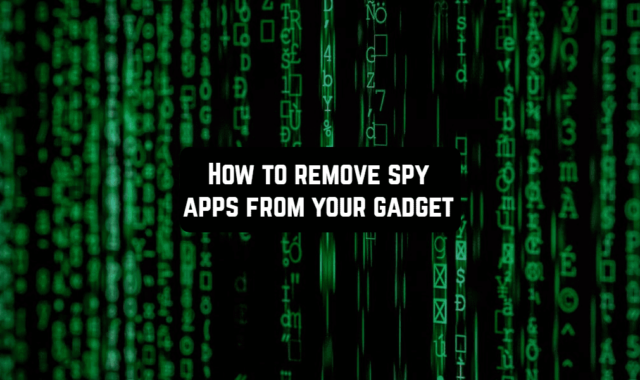Let’s be real: there hasn’t been a day in the past few years when you haven’t used Wi-Fi. But have you ever thought about how secure your Wi-Fi is?
Well, the truth is Wi-Fi is vulnerable to all kinds of attacks. And that’s why we’re here to give you WiFi hacks that actually work in 2025. With our guide, you’ll be able to take control of your network security.
In this article, we’ll give you tips on analyzing your Wi-Fi and finding potential security threats. Prepare to boost your security and browse the web safely. Let’s dive in!
Is Hacking Wi-Fi Illegal?
Before we dive into the techniques and all that, it’s important to touch on the topic of legality. And the answer to the questions is yes.
There are federal and state laws in all 50 states in the USA that apply to unauthorized Wi-Fi access. Hereby, the laws vary from state to state, so keep that in mind. Some consider the hacking a criminal action while others lead to monetary damages. Anyways, it’s still a breach of privacy and can cause some serious legal issues.
Plus, there’s a law that applies if you cause harm or any kind of damage to the network owner. It can be stealing data or launching an attack. In that case, simply cracking the passwords may not be punishable, but it fully depends on the situation, so don’t get yourself in trouble, ok?
There are also International laws on cybersecurity and these include Wi-Fi hacking as well. And while it’s not legally binding for all countries, it can still cause legal problems. The legality of Wi-Fi hacking is a complex subject and may vary based on circumstances. It’s always best to consult a professional here.

Can You Really Hack Wi-Fi Networks?
Nowadays, Wi-Fi has become an essential part of our lives. It’s everywhere: at home, at work, in public places. We use hotspot apps and try to find a network everywhere we go. And while it is highly convenient, the vulnerability aspect of it matters too (especially when it comes to public Wi-Fi).
So can you really hack Wi-Fi networks? Unfortunately, yes.
Of course, the modern security protocols are way stronger than they were in the past, but they are not fully safe if you have the right tools (and don’t worry about the legality of it that much). But don’t worry, we’re gonna tell you about the existing techniques and give some tips on how to ensure it won’t happen to you.
Wi-Fi Hacking Techniques
There are countless methods of Wi-Fi hacking, and chances are there are ones we know nothing about. Each of them has a diverse lvl of difficulty and some of them require additional tools. Let’s get through the ones that work and can be used against you. Here are the most common techniques:
Brute-Force Attacks
Well, this one is rather simple (at least at its core). In this case, hackers try to hack your Wi-Fi by attempting to guess the password. And before you think it’s impassive, think twice. It rarely gets done by hand, but by a smart program that tries thousands of options until the right one is found. These options include combinations of numbers, symbols, and letters and this technique is incredibly effective against weak passwords. The only con is, it’s pretty time-consuming.
WPS Attacks
WPS stands for Wi-Fi Protected Setup. It’s here to simplify the process of connecting various devices to your Wi-Fi. Handy, right? Yeah, but it can be a cause of hacking. It covers a number of vulnerabilities that can be used against you.
Dictionary Attacks
This method is similar to the brute-force one. But instead of trying a ton of combinations, hackers use a list of passwords that are commonly used. These dictionaries usually include the most-used words, keyboard patterns, and even personal details. Where do they get those lists? Well, the sources may vary, but the most common ones are:
- Public lists. You’ll be surprised how many of those lists are on forums and websites of all kinds.
- Data leaks. Unfortunately, there are tons of compromised services and leaked databases with both usernames and passwords. These are often used to make dictionaries.
- Generation tools. We’ve already mentioned it, but there are tools that can generate such dictionaries according to specific measures (from complexity to keywords).
- Personal information. It’s unpleasant to hear, but hackers can use the info you put about yourself on the web against you. Everything from your pet’s name to your birthday and hobbies can be useful to them.
Once again, it works well against weak passwords, so just get yourself a good random generator app, and you’ll be fine.
Man-in-the-Middle Attacks
This one uses the info that gets transmitted between your device and we web. In this case, hackers are some kind of eavesdroppers that intersect your info mid-air and use it against you. It can be used for all kinds of things, including stealing your credit card info, and all that. Private browsers may help, but it’s not the solution.
Here’s how it usually works:
- The hacker makes a fake network that seems legit. It can mimic the name of the real one, and it’s hard to tell it’s fake until it’s too late.
- You connect to it.
- All your data gets thrown to the hacker’s device before you actually connect to the web.
- It gets stolen and manipulated.
Along with other standard methods of protection, avoiding public Wi-Fi can help a lot, but we’ll get into that a bit later.
Evil Twin Attacks
This one also mimics the real network and tends to target public hotspots as well. It can be a twin of a network in your fave cafe or mall, and the names are usually almost identical. The almost factor is crucial here, though. Double-check it before connection, both capitalization and spelling. Even the smallest difference can help you pinpoint it’s fake.
Can You Learn Wi-Fi Hacking?
Technically, yes, and the exploration of that topic can be rather useful for cybersecurity pros. But if you wanna try it yourself, get back to the first paragraph of our article and read about the legality of it. The only way to explore in the right and ethical way is to do it to learn how to identify security issues and ways to protect yourself from them.
How To Tell If Your Wi-Fi Is Hacked
We’ve already established there are lots of ways to hack your Wi-Fi. But how to tell it’s been hacked, really?
- Unfamiliar devices detected. This one is rather simple. If you seen an unknown IP or device connected to your network, there’s a possibility it’s been hacked. You can view that info by logging in with your IP on the web. There are also apps to analyze your Wi-Fi if needed.
- Slow speed. If you notice a sudden drop in your web speed, it can be a sign somebody is using your Wi-Fi, too. Of course, it can happen due to other things, but if there are no other reasons, hacking may be it.
- Password change. Well, this one is a big sign your Wi-Fi has been accessed by a hacker.
- Strange online activity. Sudden changes on your online accounts? Password change? Pop-up ads? These are strong indications that you’ve been hacked too.
- Unusual software. If you see new apps appear on your device, it can be a sign of a cyber attack.
- Browser redirects. If you get redirected to odd websites trying to access legit ones, your DNS settings might have been changed.

What Is The Danger Of Using Public Wi-Fi?
While public Wi-Fi is incredibly convenient, it’s one of the most vulnerable to hacking attacks. That’s because:
- They are unsecured. Public hotspots lack proper encryption, so it’s way easier for hackers to use them against you.
- They can be copied. We’ve mentioned types of hacking attacks that include copying a legitimate hotspot for malicious purposes.
- They can track your data. In fact, most public hotspots collect your data (mostly for ads). It’s a major reason for privacy concerns cause that date can be leaked, too.
- They can cause viruses. It’s a haven for malware, really. Especially if you try to download files or click on odd links while using public Wi-Fi. You can easily get rid of viruses, though.
How To Protect Wi-Fi From Hackers
Before you get too worried about your Wi-Fi security, stop for a second. There are measures on how to protect yourself from such threats.
- Use stronger passwords. Obvious, but important. According to the stats, almost 80% of home networks use weak passwords. Avoid basic stuff like birthdays and all that and use generators for stronger PINs that are over 12 characters.
- Enable WPA3 encryption. WPA3 is the most secure encryption protocol. And your router supports it, surely get it.
- Update your router. In case you didn’t know, manufacturers release updates all the time, so make sure to install them.
- Disable WPS. We’ve already mentioned it has vulnerabilities, so disable it if you don’t need it.
- Be careful with public hotspots. Don’t use them to access online banking or other services with private info.
- Monitor your Wi-Fi activity. In case something feels odd and out of place, take measures.
- Use a firewall. Now, we know not everyone is going to use that one, but it works. It creates a barrier between you and the web and helps prevent unneeded access.







